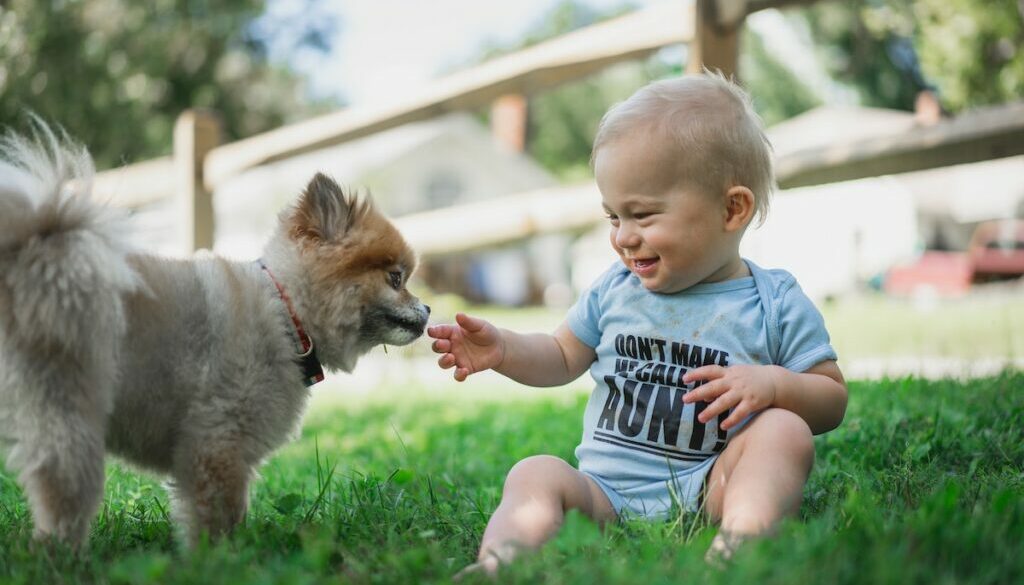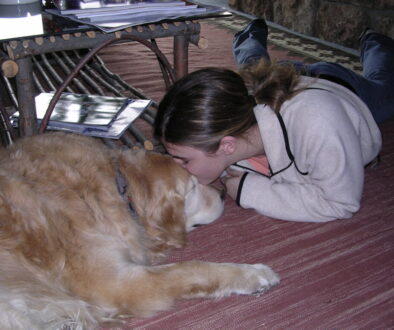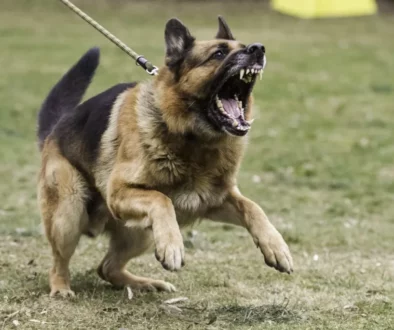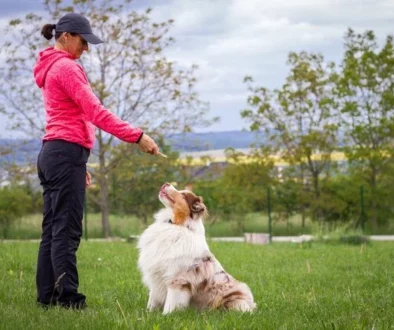Preparing Your Dog for a New Baby: Training and Tips
Congratulations on your upcoming addition to the family! While it’s an exciting time, it’s crucial to prepare your furry friend for the arrival of a new baby. Dogs, being creatures of routine and habit, may experience anxiety or confusion when their environment changes. With proper training and preparation, you can ensure a smooth transition for both your dog and your new bundle of joy. In this article, we will provide you with effective guidelines and essential tips for preparing your dog for a new baby. Let’s dive in.
Welcoming a baby into your household can be a joyous but challenging time for your dog. It is vital to recognize the significance of preparing your dog for this new phase in your life. Dogs, being highly perceptive animals, can pick up on changes in the household dynamics and may feel overwhelmed or stressed. By taking the necessary steps to gradually introduce your dog to the idea of a new baby, you can minimize their anxiety and create a harmonious environment for everyone.
Assessing Your Dog’s Behavior and Temperament
Before diving into the training process, it is essential to evaluate your dog’s behavior and temperament. Observe how your dog reacts to changes in routine or new situations. If your dog displays signs of fear, aggression, or excessive anxiety, it’s recommended to consult a professional dog trainer or behaviorist. They can provide expert guidance tailored to your dog’s specific needs, ensuring a safe and comfortable environment for your new baby.
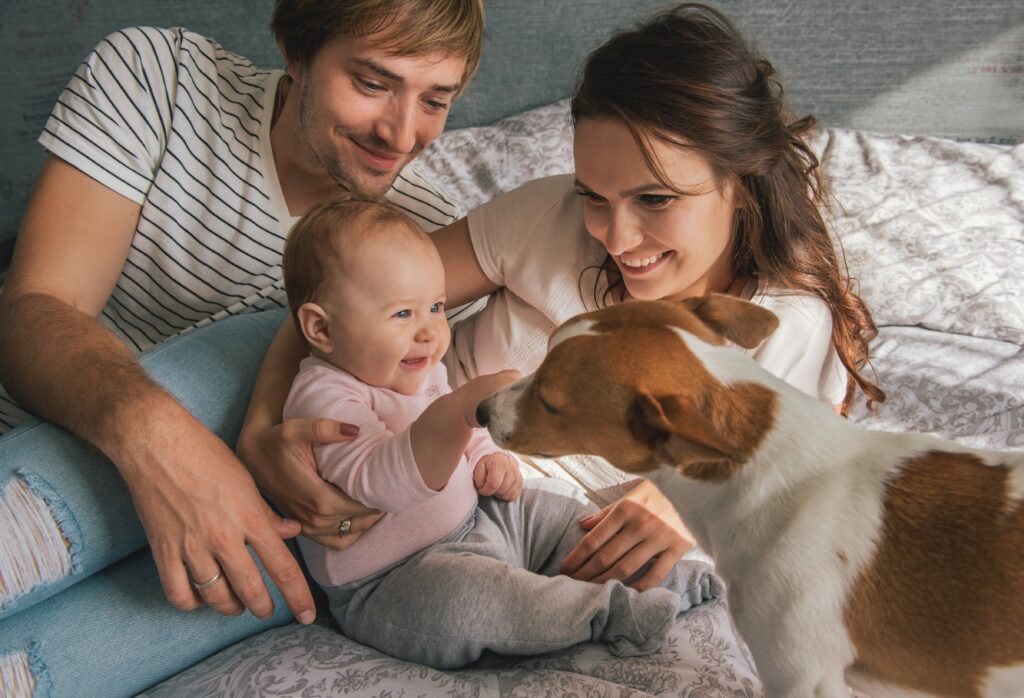
Establishing a Baby-Free Zone
Creating a designated baby-free zone in your home is crucial to allow your dog to have a space to relax and retreat when needed. This area can be a room or a cozy corner where your dog can feel safe and secure. Introduce the concept of boundaries by using baby gates or other physical barriers to prevent your dog from entering this space. It’s important to respect your dog’s personal space while teaching them the importance of respecting the baby’s space as well.
Gradually Acclimating Your Dog to Baby-Related Sounds and Objects
Babies come with a plethora of new sounds and objects that your dog may find unfamiliar or unsettling. Help your dog acclimate to these new stimuli by gradually exposing them to baby-related sounds and objects. Start by playing recordings of baby sounds, such as crying or babbling, at a low volume while observing your dog’s reaction. Over time, increase the volume gradually to desensitize your dog. Similarly, introduce baby-related items such as strollers, cribs, and toys, allowing your dog to explore and get accustomed to them at their own pace.
Reinforcing Obedience and Basic Commands
A well-behaved dog is more likely to adapt easily to the presence of a new baby. Refresh your dog’s obedience training and focus on reinforcing basic commands such as sit, stay, or leave it. It is particularly useful to train specific commands related to the baby, such as “leave it” when they try to grab the baby’s toys or “stay” when you need your dog to remain calm in the baby’s presence. Consistency and positive reinforcement are key in this training process.
Positive Associations with the Baby
Encouraging positive associations between your dog and the baby is crucial to fostering a harmonious bond. Allow supervised interactions between your dog and the baby, rewarding calm behavior from your dog. Gradually increase the duration and intensity of these interactions over time. Ensure that both the dog and the baby remain safe by keeping a close eye on their interactions and intervening if necessary. Reward your dog for gentle and positive interactions with the baby, reinforcing the idea that good behavior leads to positive outcomes.
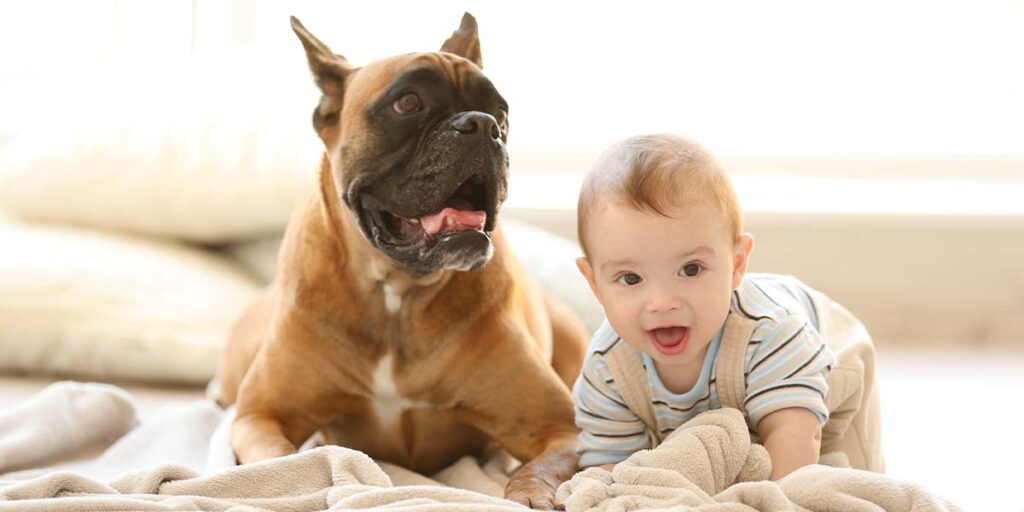
Maintaining Consistency and Routine
Dogs thrive on routine and predictability. Maintaining a consistent schedule pre- and post-baby is essential to minimize stress for both your dog and the baby. Aim to preserve regular meal times, exercise routines, and play sessions as much as possible. By adhering to a familiar routine, your dog will feel more secure and better able to adapt to the changes a baby brings. Be sure to provide your dog with sufficient exercise and mental stimulation, as a tired and content dog is more likely to be calm and well-behaved around the baby.
Introducing the Baby Gradually
Introducing your dog to the baby gradually is crucial to ensure a smooth transition. Start by allowing short, supervised visits between your dog and the baby. Observe how your dog reacts and reward positive behavior. Over time, gradually increase the duration and frequency of these visits, always prioritizing the safety and well-being of both your dog and your baby. Remember to provide your dog with ample positive reinforcement during these interactions, creating positive associations with the baby.
Supervising Interactions and Setting Boundaries
It is essential to be vigilant and closely monitor your dog’s behavior around the baby at all times. Even the most well-behaved dogs may exhibit unpredictable reactions in certain situations. Establish clear rules and boundaries to ensure the safety of your baby. For example, teach your dog to respect the baby’s personal space by allowing them to approach only when invited. Additionally, never leave your dog and baby alone together, even if you trust your dog implicitly. Accidents can happen, and it is always better to err on the side of caution.
Reward-Based Training for Appropriate Behavior
Positive reinforcement is an effective training approach to encourage appropriate behavior around the baby. Whenever your dog displays calm, gentle, and respectful behavior, reward them with treats, praise, or even playtime. This positive association reinforces the idea that being well-behaved around the baby leads to rewarding experiences. Consistency is key, so make sure to provide immediate reinforcement when your dog exhibits the desired behavior.
Managing Jealousy and Attention-Seeking Behavior
Dogs can experience jealousy or attention-seeking behavior when a new baby enters the picture. To manage such behavior, balance your time and attention between your dog and the baby. Involve your dog in activities related to the baby, such as going for walks together or allowing your dog to be present during feeding sessions. This helps your dog associate positive experiences with the baby’s presence and reduces any feelings of jealousy or exclusion. Additionally, provide your dog with plenty of mental and physical stimulation to keep them content and occupied.
Safety Precautions for the Baby
Ensuring the safety of your baby is of utmost importance. Take necessary precautions to create a safe environment for both the baby and your dog. Use baby gates to separate areas of your home, preventing your dog from accessing the baby’s nursery or play area unsupervised. Store baby items such as diapers, lotions, or small toys in secure locations, out of your dog’s reach. Always secure your baby in a safe place when your dog is nearby, such as a crib or playpen, to prevent any accidental interactions that could harm either the baby or the dog.
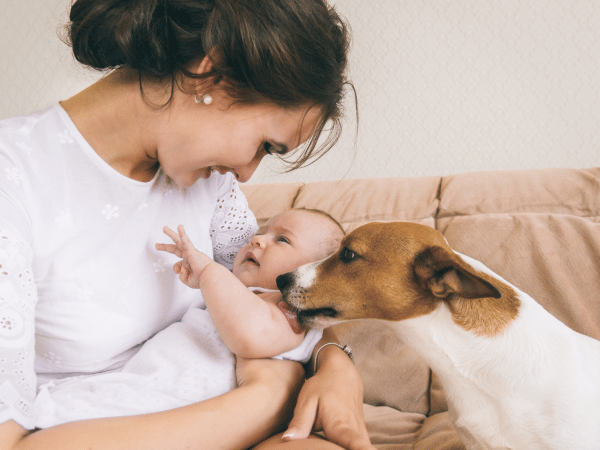
Troubleshooting Common Challenges
Every dog is unique, and some may encounter specific challenges during the transition period. Common issues may include separation anxiety, resource guarding, or behavioral regression. If you encounter any such challenges, consult a professional dog trainer or behaviorist who can provide tailored advice to address these issues effectively. It is crucial not to ignore or dismiss any concerning behavior, as early intervention can prevent escalation and ensure a harmonious environment for the entire family.
Monitoring and Adapting as the Baby Grows
As your baby grows and develops, it is essential to continuously monitor and assess how your dog responds to their milestones. Dogs may react differently to crawling, walking, or more independent play. Adjust your training and management techniques accordingly to accommodate these changes. By regularly evaluating your dog’s behavior and adapting your approach, you can foster a strong and positive relationship between your dog and your growing child.
Conclusion
Preparing your dog for the arrival of a new baby requires patience, consistency, and positive reinforcement. By following the training and tips outlined in this article, you can help your dog acclimate to the changes and create a safe and harmonious environment for both your dog and your baby. Remember, each dog is unique, and the transition may take time. Stay committed to the process and seek professional help if needed. With love, guidance, and proper training, your dog will become a cherished companion for your growing family.
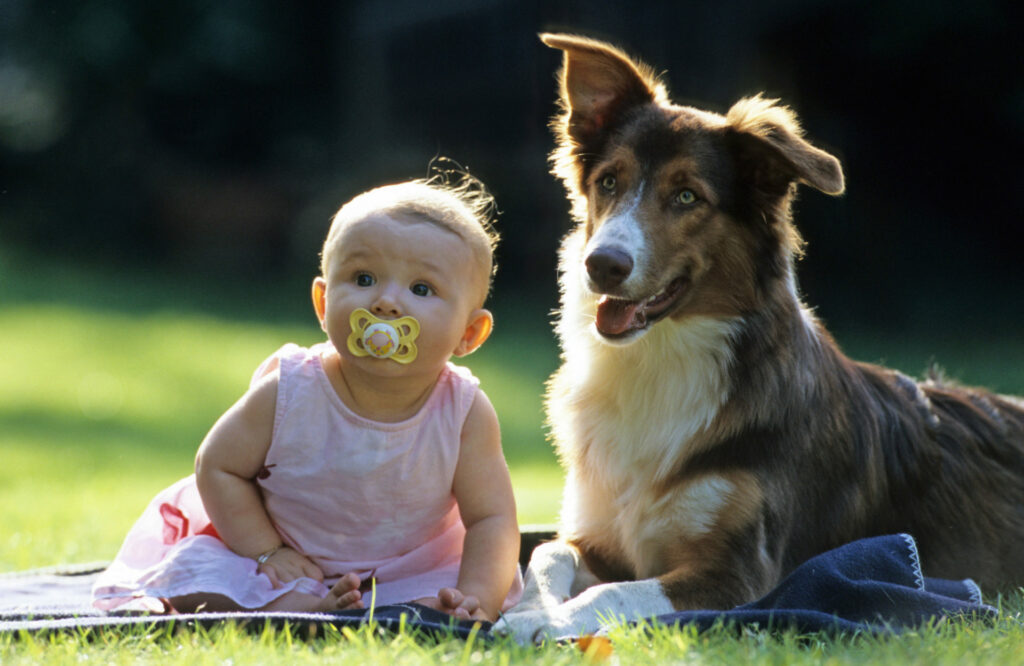
FAQs: Preparing Your Dog for a New Baby
- Can any dog be trained to adjust to a new baby?
Absolutely! While the process may be more challenging for some dogs, with proper training and guidance, most dogs can adapt to a new baby. Consulting a professional dog trainer can be especially helpful for breeds or individuals with specific needs. - Is it safe to leave my dog alone with the baby?
No, it is never advisable to leave your dog and baby alone unsupervised, regardless of how well-behaved your dog is. Accidents can happen, and it is best to prioritize the safety of both your dog and your baby. - How long does it take for a dog to adjust to a new baby?
The adjustment period varies for each dog. Some dogs may adapt quickly, while others may take weeks or even months. Patience and consistency are key during this process. - What should I do if my dog shows signs of jealousy or aggression towards the baby?
If your dog displays signs of jealousy or aggression towards the baby, it is crucial to seek professional help from a dog trainer or behaviorist. They can assess the situation and provide you with specific strategies to manage and address these behaviors effectively. - Can I involve my dog in taking care of the baby?
You can involve your dog in select activities related to the baby, such as supervised walks or being present during feeding sessions. However, always prioritize the safety and well-being of both your dog and the baby, and be cautious of potential risks or stressors for your dog.
Also Read:
